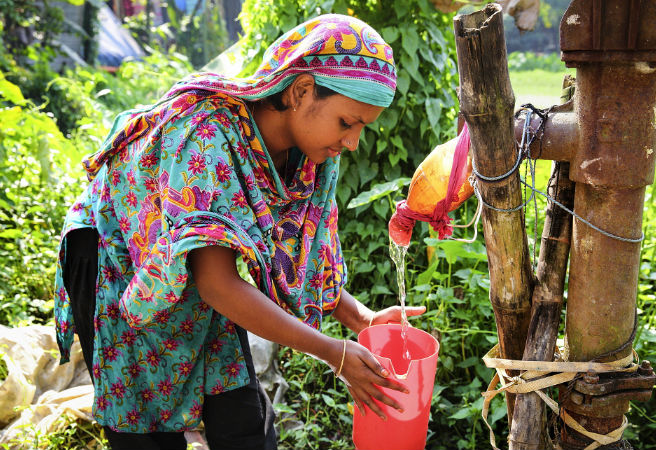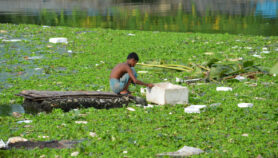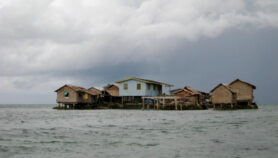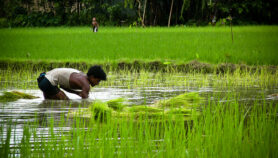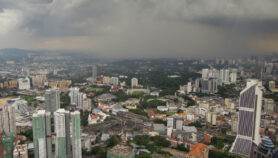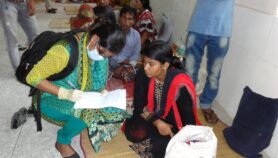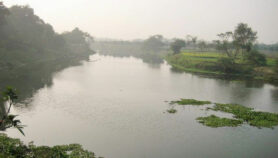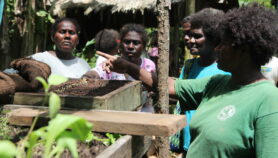By: Neena Bhandari
Send to a friend
The details you provide on this page will not be used to send unsolicited email, and will not be sold to a 3rd party. See privacy policy.
[SYDNEY] While the Sustainable Development Goals (SDGs) mandate safe drinking water for all by 2030, currently 1.8 billion people get drinking water from contaminated sources, putting them at risk of contracting various diseases, according to UN Water, the UN coordinating agency.
Despite reaching the Millennium Development Goals’ (MDGs) target of halving the proportion of the population without sustainable access to safe drinking water, huge disparities to access remain.
Use of improved drinking water increased by 27 per cent between 1990 and 2015 in East Asia, with over half-a-billion people gaining access in China alone, according to the WHO and UNICEF’s 2015 Joint Progress Management report on drinking water and sanitation. But in Oceania, parts of Western Africa and in the Sahara region in Africa, less than three-quarters of the population uses an improved source with the figure below 50 per cent in Papua New Guinea, Angola and Equatorial Guinea.
“In Sub-Saharan Africa, 90 per cent of the diseases are water-borne.”
András Szöllösi-Nagy, UNESCO’s International Hydrological Programme
“In Sub-Saharan Africa, 90 per cent of the diseases are water-borne,” András Szöllösi-Nagy, chair of the Intergovernmental Council of UNESCO’s International Hydrological Programme, tells SciDev.Net.
He says it’s imperative for the region to invest about US$30 billion in the water sector in the next 15 years to ensure their survival. “If you invest one dollar into a public utility, whether it’s water supply or a sanitary facility, in the long run you gain four dollars (at the level of national savings),” he says.
With the global population set to reach nine billion, the OECD Environmental Outlook to 2050 report warns of further strain on freshwater availability. Water demand, especially in the emerging economies and developing countries, will increase by 55 per cent due to growth in manufacturing, thermal power generation and domestic use.
Human consumption is only six per cent of total water consumption, the big user being agriculture, says Szollosi-Nagy, who is also the governor of the World Water Council. “The world has plenty of water although we can’t evenly distribute it.”
He compares Jordan’s 120 cubic metres per person, per year to Canada’s 112,000 cubic metres per person annually. The situation in Jordan has worsened because of war refugees from Syria and Iraq, he adds.
Szollosi-Nagy is optimistic that the SDGs can be reached. “We have the technology. The question is, how can we introduce that technology into day-to-day water resource practices, particularly in developing countries? Education, training and capacity development would be indeed critical”.
In recent years, bottled water has become big business. People in developing countries buy bottled water because “it is marketed as pure, clean and safe, something that is not readily available from a tap,” Gary Mortimer, associate professor at the Queensland University of Technology, tells SciDev.Net. In developed countries, social norms and celebrity endorsements are driving the growth and “not necessarily because it is fresh or convenient to consume as one can get that from a tap for free”.“Bottled water sales are expected to reach US$280 billion next year, with an average continued growth of over eight per cent at least till 2020. The highest consumption of bottled water is in China followed by the United States and Mexico,” Mortimer adds.
This piece was produced by SciDev.Net’s Asia & Pacific desk.


